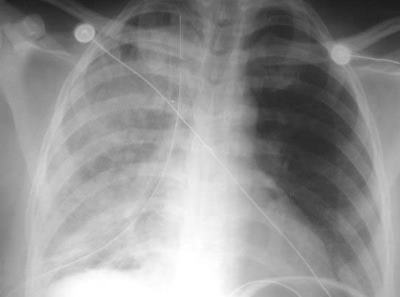Trauma centers and trauma systems are dedicated to getting the right patient to the right hospital at the right time. In the US, The American College of Surgeons (ACS) has set forth criteria for identifying injured patients that should be taken to trauma centers (right patient). The ACS and a number of state authorities have also developed rules for becoming a trauma center (right hospital). Many state authorities have developed additional rules for setting maximum transfer times to the trauma centers (right time).
However, it is possible to short circuit these carefully crafted rules. It has been said (a phrase that indicates some dogma is on the way) that 85% of injured patients can be treated in the local hospital, and that only 15% need transfer to a trauma center. But most Level I and II trauma centers receive transfers from outside hospitals that are less injured than the criteria that would mandate their transfer.
This is called “secondary overtriage.” A recent study from Dartmouth, which is a rural Level I trauma center, looked at how common this really is. They did a retrospective review of 4796 transfers in to their hospital over a 5 year period. Secondary overtriage was defined as a transferred patient with an ISS<15 and hospital stay <48 hours and no operation. The results are interesting:
- The hospital treated 7793 patients during the study period, so transfers represented 62% of their activity
- 24% of adult transfers (1006 patients) and 49% of pediatrics (258 patients) were considered overtriage
- 216 patients were sent home from the ED (very irritating for families)
- Half of overtriaged patients arrived on weekends, and 62% arrived between 6PM to 6AM
- 8% were transferred by air(!)
- Although Dartmouth received transfers from 72 hospitals (capacities ranged from 6 to 330 beds), 36% of overtriage patients originated from only 5 hospitals
Bottom line: Secondary overtriage is a common occurrence, found in 26% of transfers in this rural trauma center. It is reportedly closer to 40% in urban centers. Whether due to legitimate lack of resources or convenience, they increase the cost of healthcare and inconvenience families. High level trauma centers should monitor for this phenomenon, identify outlier referring facilities, and step up outreach and education to those hospitals to increase their experience and comfort with treating (and keeping) appropriate trauma patients.
Related post:
Reference: Secondary overtriage: the burden of unnecessary interfacility transfers in a rural trauma system. JAMA Surg Online First June 19, 2013.



